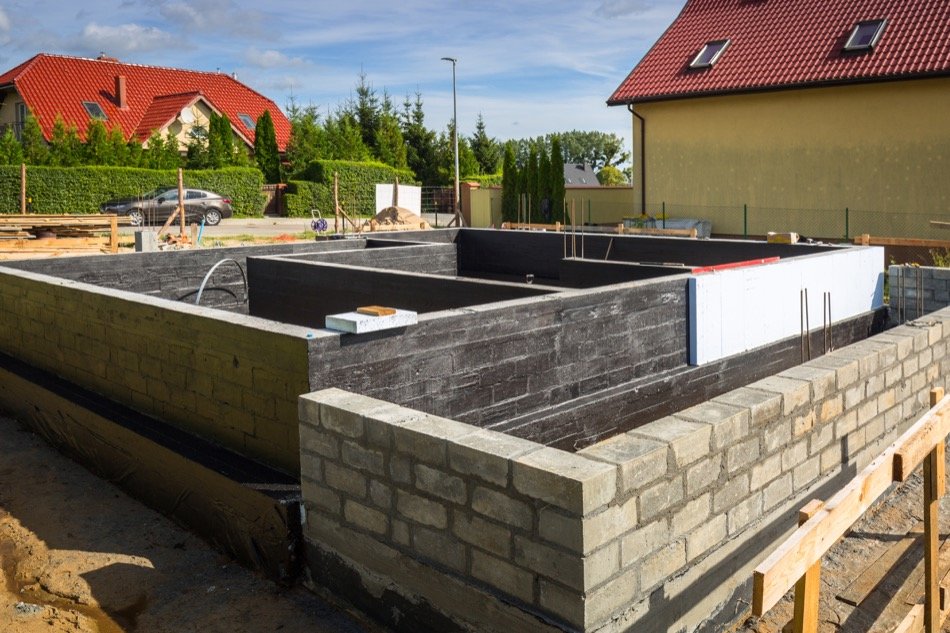The 3 Home Foundation Types
Posted by Justin Havre on Monday, March 2nd, 2020 at 8:54am.
 The foundation of the home is the building block on which a home is constructed. Homes can have one of three types of foundations: a slab foundation, a crawl space, or a slab foundation. The type of foundation a home has is important because it changes how certain repairs can be done to a home, and it can even affect the insurance premium for the home. Because of this, anyone buying a new home needs to be aware of the different types of foundations and how to identify them. Here are the differences between the three home foundation types.
The foundation of the home is the building block on which a home is constructed. Homes can have one of three types of foundations: a slab foundation, a crawl space, or a slab foundation. The type of foundation a home has is important because it changes how certain repairs can be done to a home, and it can even affect the insurance premium for the home. Because of this, anyone buying a new home needs to be aware of the different types of foundations and how to identify them. Here are the differences between the three home foundation types.
Basement Foundations
Basements are a type of foundation that changes popularity depending on the region. While basements used to be formed out of cinderblocks, they’re now made with poured concrete walls to avoid structural failures. Basement foundations are popular because they give homeowners useable space in their home that can be used for storage or even finished and turned into livable rooms. Even small homes that don’t have very much space can gain a lot of extra square footage that would otherwise be impossible thanks to a basement foundation.
While basements are more expensive than other foundation options, they also increase the value of the home because of how useful they can be. Basements give much safer access to a home’s wiring, ductwork, and piping than other foundation types, but they also need to have a sump pump installed in them. Without one, the basement risks flooding.
Slab Foundations
Slab foundations are one of the most common types of foundations for homes because:
- Slab foundations are the most inexpensive type of foundation, making them the most accessible because the overall value of the home will be less expensive
- Slab foundations don’t require as much preparation work as other foundation types, so they’re easier to build
- Slab foundations don’t require very much maintenance to keep them in good shape
While slab foundations have a lot of good aspects to them, they also have some negatives that homeowners need to know about. For instance, because a slab foundation is just one solid piece of concrete, it can be extremely difficult to access the plumbing that goes beneath it should anything go wrong with it. Similarly, if a slab foundation breaks or cracks, it can cost a lot of money to repair it. Having this sort of tradeoff means that home buyers need to fully understand what they’re getting if they’re thinking about buying a home with a slab foundation.
Crawl Spaces
The final type of foundation is seemingly the perfect mix between a slab and basement foundation. With a crawl space foundation, the home is elevated a few feet over the ground, leaving a gap between the floor and the ground. The advantage that a crawl space gives a home is that it leaves access to all the home’s plumbing, wiring, an piping, making it much easier to fix any problems that may occur with them. This will also make repairs much more affordable than they would be with a slab foundation.
Crawl spaces do have a couple issues to be aware of, however. Crawl spaces can be prone to collecting water and moisture because of how they’re dug into the ground. Because of this, there is a much higher chance of mold and mildew growth occurring in a crawl space than another foundation type.
It’s important to understand a McKenzie Lake home’s foundation. All types have their advantages and disadvantages, and homeowners can better prepare for potential problems by knowing how they may arise.
